News
The Yu-Gi-Oh! Phenomenon: How the Card Game and Anime Anticipated the Triumph of Magic: The Gathering
We remember one of the most followed games of the 2000s
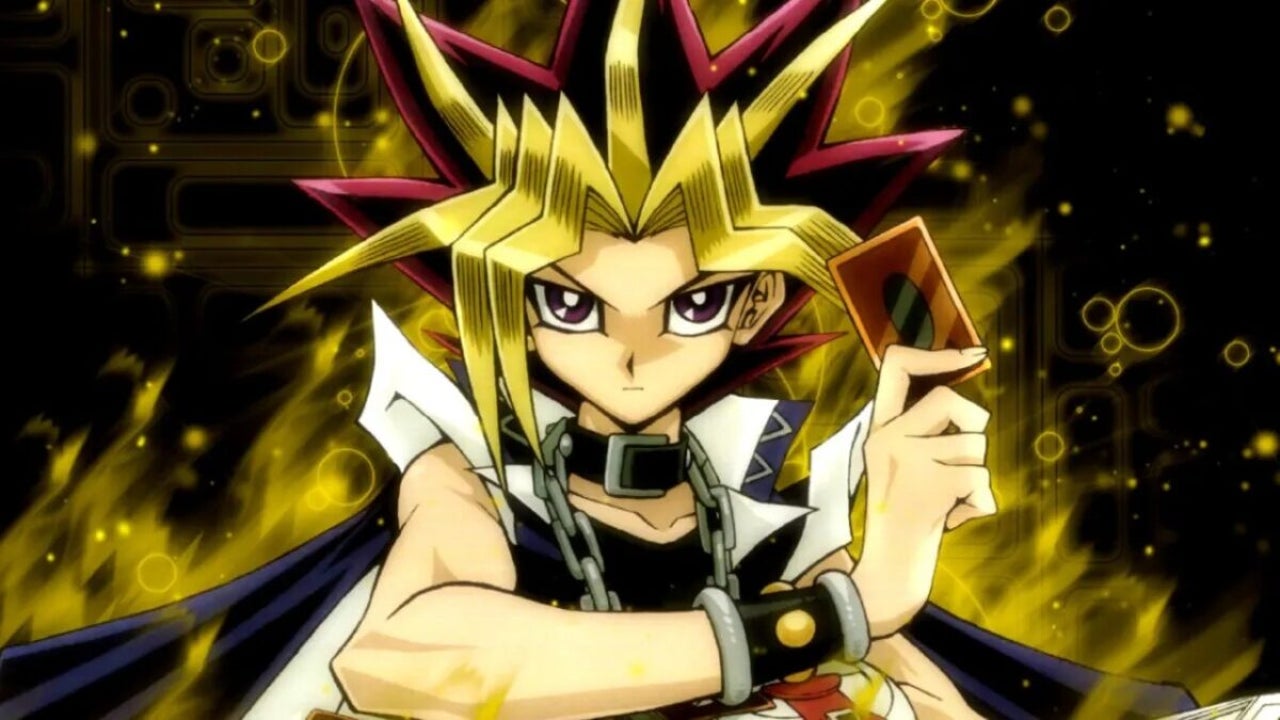
- April 24, 2023
- Updated: March 7, 2024 at 3:43 PM

In the early 2000s, a scene was constantly repeated in school playgrounds and high schools: a group of kids, crouching or squatting, place several cards on a makeshift board on the ground. One of the players draws one card after another, anticipating victory, until his competitor surprises with the unbeatable Exodia or the impressive Blue-Eyes White Dragon.
At that point, a debate begins about whether “those cards are fake and using them is cheating”, unless both had obtained their Yu-Gi-Oh! cards through illegal methods, which was common practice at the time.
This scene can be translated as the ultimate victory of toy merchandising, with kids being able to spend their entire paycheck on official cards from a game that appears on TV and berating others for buying illegal decks.

A success matched only by Pokémon and Digimon
Undoubtedly, Yu-Gi-Oh! became a success matched only by Pokémon and Digimon, and it did so in its own particular field. While the previous series used the technological advancement of the time, with video games and virtual pets as a backdrop, Yu-Gi-Oh! used something as old as it was unique: a card game that reminded kids that you don’t need a console to let your imagination run wild.
On July 7, 2009, Yu-Gi-Oh! broke the Guinness World Record for the best-selling collectible card game in the world, a total of 22 billion cards sold worldwide – and that’s not counting the pirate cards I was talking about earlier.
After the success of Yu-Gi-Oh!, no one is surprised that Magic The Gathering -which was born three years earlier- took an unparalleled momentum in the market and became a game of great international repercussion. Nor is it surprising that the Hearthstone video game, also a card game, is currently one of the eSports with the most competitors. Much of the blame lies with Yu-Gi-Oh!, a franchise that marked the childhood of millions of children around the world.
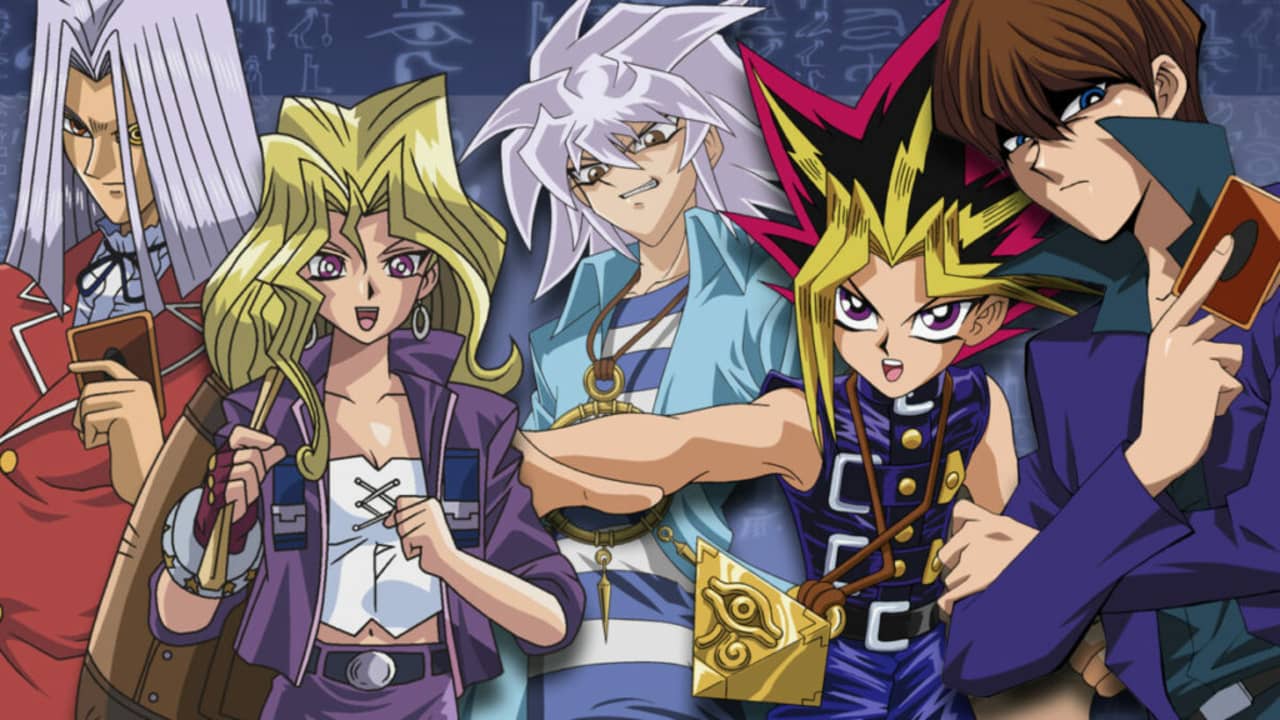
The birth of a mass phenomenon
The Yu-Gi-Oh! phenomenon was born like the classic Japanese anime, through manga. On October 30, 1996, Shūeisha’s Weekly Shōnen Jump magazine began publishing Kazuki Takahashi’s new manga. From that year until 2004, 38 volumes of the story were published, with overwhelming success in Japan.
Like so many other series of the epoch, it was born in the midst of a Dragon Ball hangover, in an angry search for a story that would make people forget that Goku and company had already finished their adventures. But Yu-Gi-Oh! was not an instant success on a global level; it had to wait four years for its anime to reach the West and its cards to conquer kids all over the world.
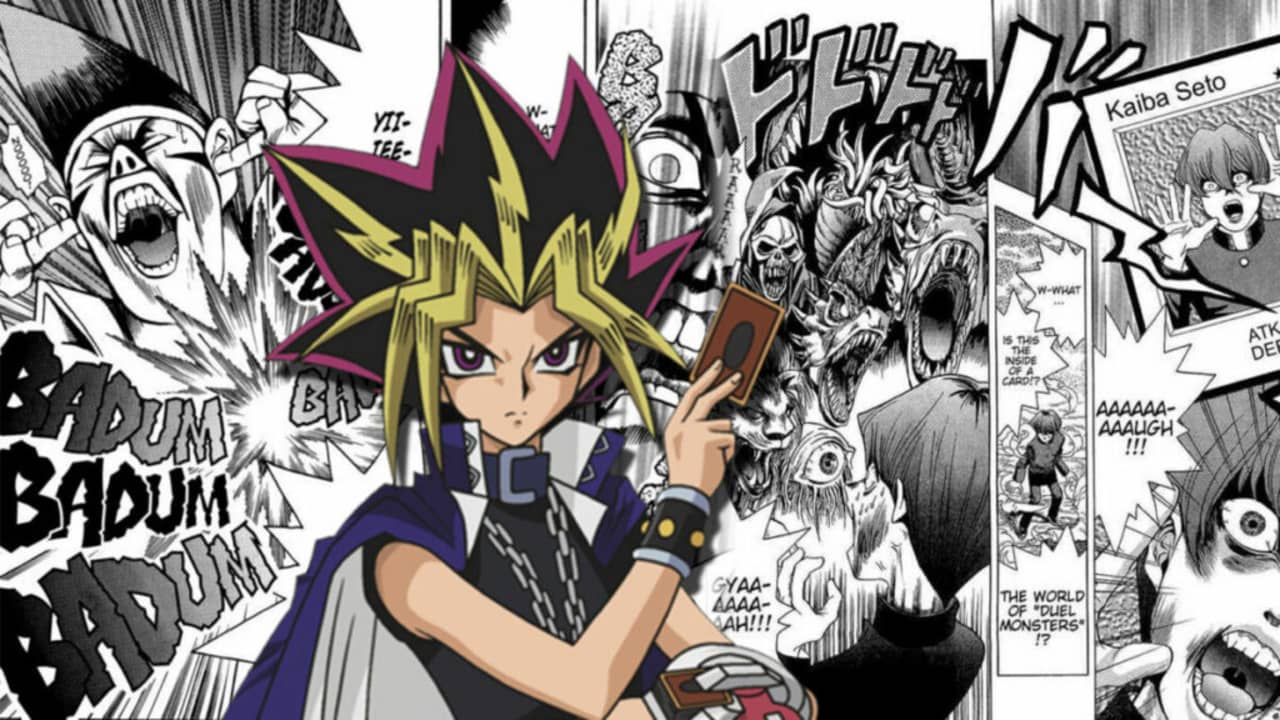
On April 4, 1998, two years after Yu-Gi-Oh! premiered its manga, Toei Animation created the first anime based on the work. At the height of Pokémon‘s popularity, Takahashi’s work seemed to have everything to succeed, from an adventure starring young enthusiasts to a world of monsters and tournaments. However, it was to no avail that his manga was a hit. The series was an absolute failure in terms of viewership, causing it to be cancelled on October 10 of the same year, with only 27 episodes released.
Despite this setback, the manga continued to be published without problems, generating a stable audience in Japan. But in the year 2000, when pokémania and digimania were already running rampant, the animation production company Studio Gallop came up with the idea of rescuing the story and created the Yu-Gi-Oh! Duel Monsters anime.

An anime designed for success
The series went through a reformulation of the story. In the original Yu-Gi-Oh!, the card game is an element that becomes more important as the manga progresses, but it is not the central element of everything that happens. However, in this series it became the engine of the story, so the mystical prequel of the protagonist Yugi was obviated to begin in medias res of his adventure.
The spectacular monsters and the bonds of friendship between the protagonists -the essence of all anime of the time- made many people interested in the new product that was coming to the market. With the ground paved by Pokémon and Digimon, Western children were ready to welcome the creatures of Yu-Gi-Oh! And so, the story, which was barely followed by a million Japanese, went on to smash audiences in the West.
The low key tone of Yu-Gi-Oh! and the simplicity of its game mechanics made the phenomenon accessible to anyone. But his series did not speak of a utopian world like Pokémon, but rather transferred enormous danger to an innocent card game. Through magical powers drawn from Ancient Egypt, a simple game could become a battle to possess the soul of your opponent.
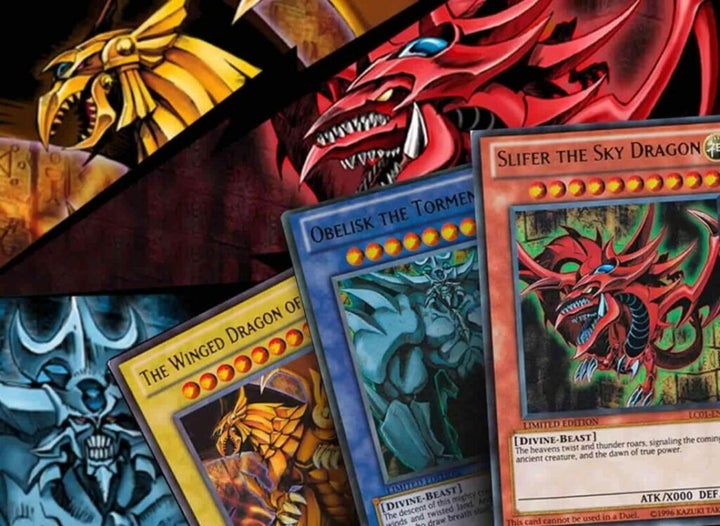
The world of Yu-Gi-Oh! was the same as ours -although set in a futuristic 2007, in order to include minimally advanced technological elements-, but surrounded by a dark aura that endowed the most innocent action with great intensity.
To prove that it was more than just a card game, Yu-Gi-Oh! added a component that was as mystical and full of potential as it was didactic: Egyptian mythology. In the second chapter of the series, the creator of the modern monster duel, Maximillian Pegasus, explained the origin of the ritual:
In Antiquity, the Egyptians called it the Dark Games. The great pharaohs fought mystical duels in other dimensions. As we do now, but not with cards. They fought with monsters and real magic. They were magical forces so powerful that the Egyptians lost their control and almost destroyed the world.
Thus, from the origin of the anime there was a sine qua non connection with Egyptian mythology, reinforced through beasts based on gods and traditions of Antiquity, as well as a series of artifacts containing the souls of ancient pharaohs.
The simplicity of the card game has caused time to wear it down, and today there are few Yu-Gi-Oh! players left who have not jumped to franchises like Magic. The same has happened with anime; other series have emerged, such as Yu-Gi-Oh! GX or Yu-Gi-Oh! BRAINS, which have continued to exploit the phenomenon, but the saga has not managed to prosper beyond the West. Today, the memory of Yu-Gi-Oh! is kept in dusty drawers where entire decks of this magical game are hidden.

Some of the links added in the article are part of affiliate campaigns and may represent benefits for Softonic.
Cultural journalist specialized in film, series, comics, video games, and everything your parents tried to keep you away from during your childhood. Also an aspiring film director, screenwriter, and professional troublemaker.
Latest from Juan Carlos Saloz
- Why you should read this incredible science fiction comic before Netflix releases its series
- Is it worth replaying Until Dawn? The movie brings the quintessential slasher video game back into fashion
- The best thing Star Wars has done in years has returned: why Andor is the way forward for the franchise
- The revolution of 2D animation arrives thanks to Adobe's AI
You may also like

Exodus, the Mass Effect of Wizards of the Coast, will expand beyond the video game
Read more

The new PlayStation 5 update adds a perfect accessibility feature for competitive gaming
Read more

Apple's AI smart glasses are in development and their launch is expected in 2027
Read more

The RTX 5070 Ti outperforms the Mac Studio in creative tasks
Read more
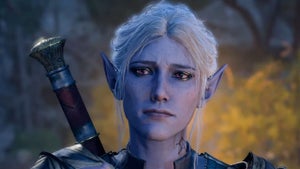
Larian comments on what the main aspect they are focusing on in their next game after Baldur's Gate 3 is
Read more
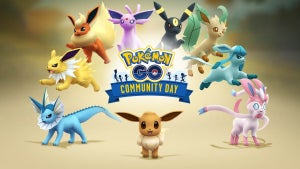
A player in Pokémon GO accumulates millions of experience points because of a particular Pokémon
Read more